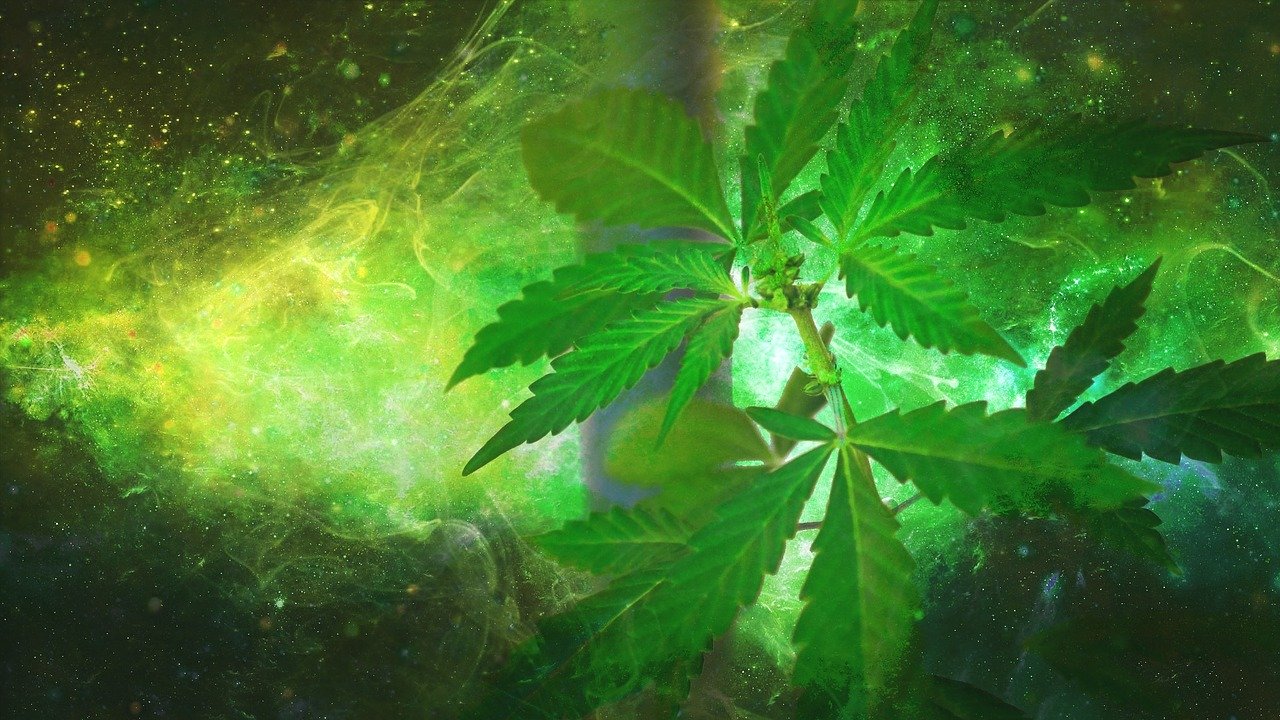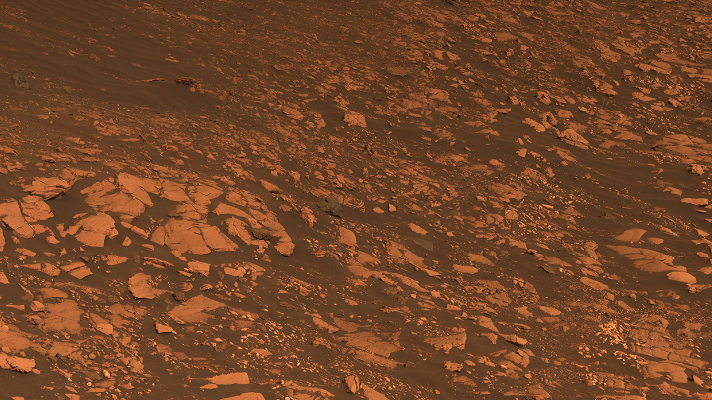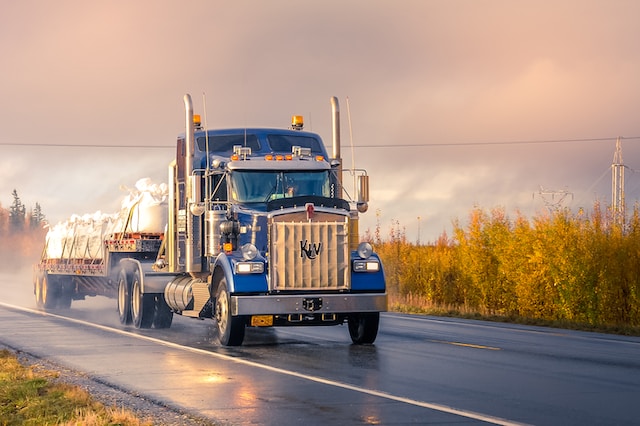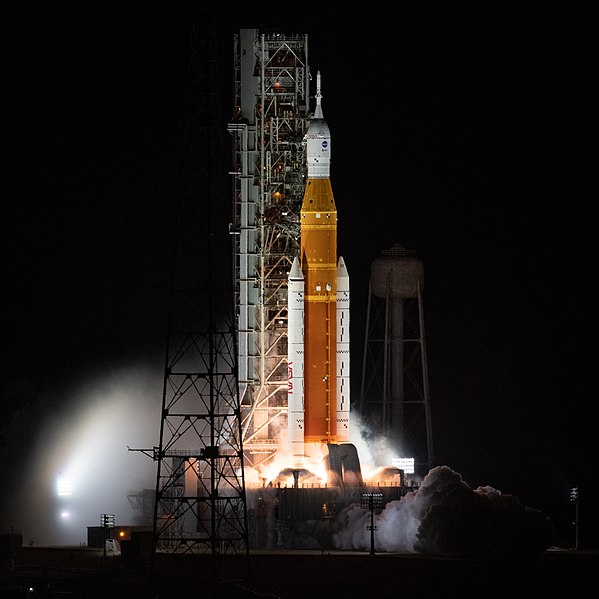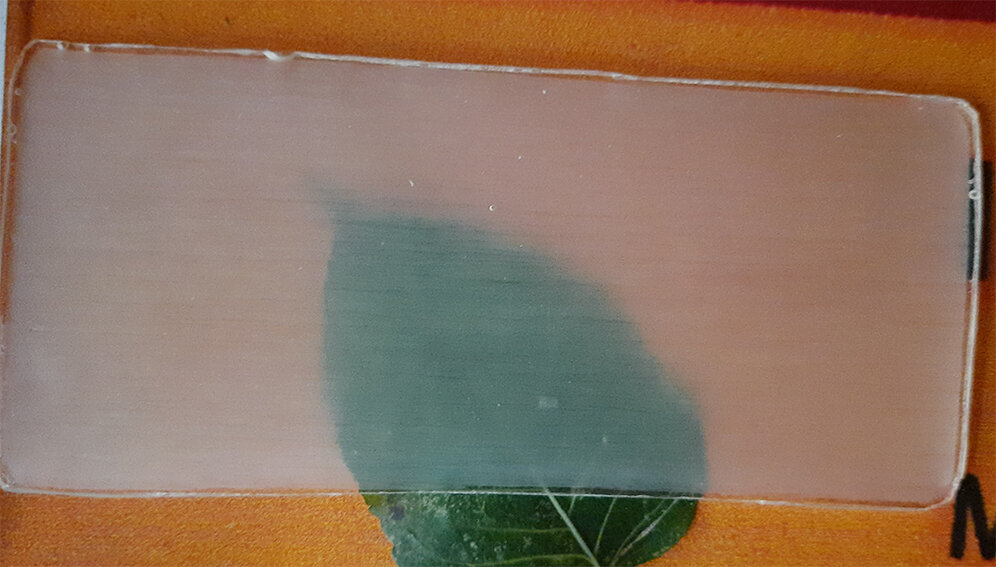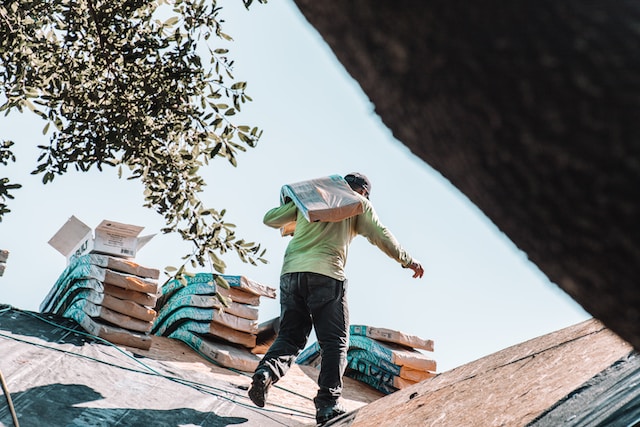It’s one giant leap for man – and plant – kind. SpaceX, a spacecraft manufacturing company owned by Elon Musk, is partnering with a Colorado research facility to send both coffee and hemp plants to the International Space Station.
With a potential launch date slated for spring of 2020, this endeavor is one small step in a larger research study, with researchers curious about what happens to plants when they’re raised in a zero-gravity environment.
Here’s what to know – and what to expect.
Who is Behind This Move?
This project is being done in collaboration with SpaceX on their next resupply mission along with a research company named Front Range Biosciences. SpaceCells USA Inc and BioServe Space Technologies, which is housed at the University of Colorado, Boulder, are also involved.
Front Range Biosciences is a company that specializes in breeding genetically consistent coffee and hemp. They partnered with the University of Colorado and SpaceCells, a tech startup, for this project.
Why Cannabis?
Hemp is a variety of cannabis with low levels of the famous psychoactive compound THC.
Though still illegal at the federal level, hemp has been removed from the schedule I controlled substance list as of 2018.
It’s a versatile crop that can be used to produce not only CBD oil, but also things like textiles, clothing, food, rope, paper, building materials (like “hempcrete), insulation, biofuel, and bioplastics.
There are numerous health and commercial applications of hemp, which is why it makes sense to send this plant to space in the first research trials.
What’s the Plan?
Here’s what will happen.
Just under 500 – probably around 480 or so – plant cultures will be stored in a special incubator that regulates temperature aboard the International Space Station. While in space, the plants will be closely monitored by both a crew back on Earth along with a team of astronauts.
They’ll be stashed for thirty days,after which time they’ll be brought back to Earth.
Once they’re home, they’ll be evaluated by scientists from Front Range Biosciences. These scientists will examine the plants to determine how exposure to space radiation along with microgravity affect the natural gene expression of the plants.
Potential Outcome
It’s not all about being able to toke up in space. There is some science to support the idea that plants raised in space undergo unique mutations. Scientists want to see whether those mutations will endure once the plants are brought back to earth and whether the mutations can be valuable in a commercial way.
Plus, the research could give us more insight into how plants are impacted by the various stressors related to space travel. This research might give us more information on how to best grow plants on Earth. Scientists may even be able to cultivate harider varieties that have the ability to be grown in harsh, formerly inhospitable conditions.
In particular, this could have major implications for areas that are hard-hit when it comes to growing plants due to climate change.
And who knows? Maybe one day, NASA will be looking for CBD producers to sponsor CBD-infused lattes for the astronauts to drink on the moon.

